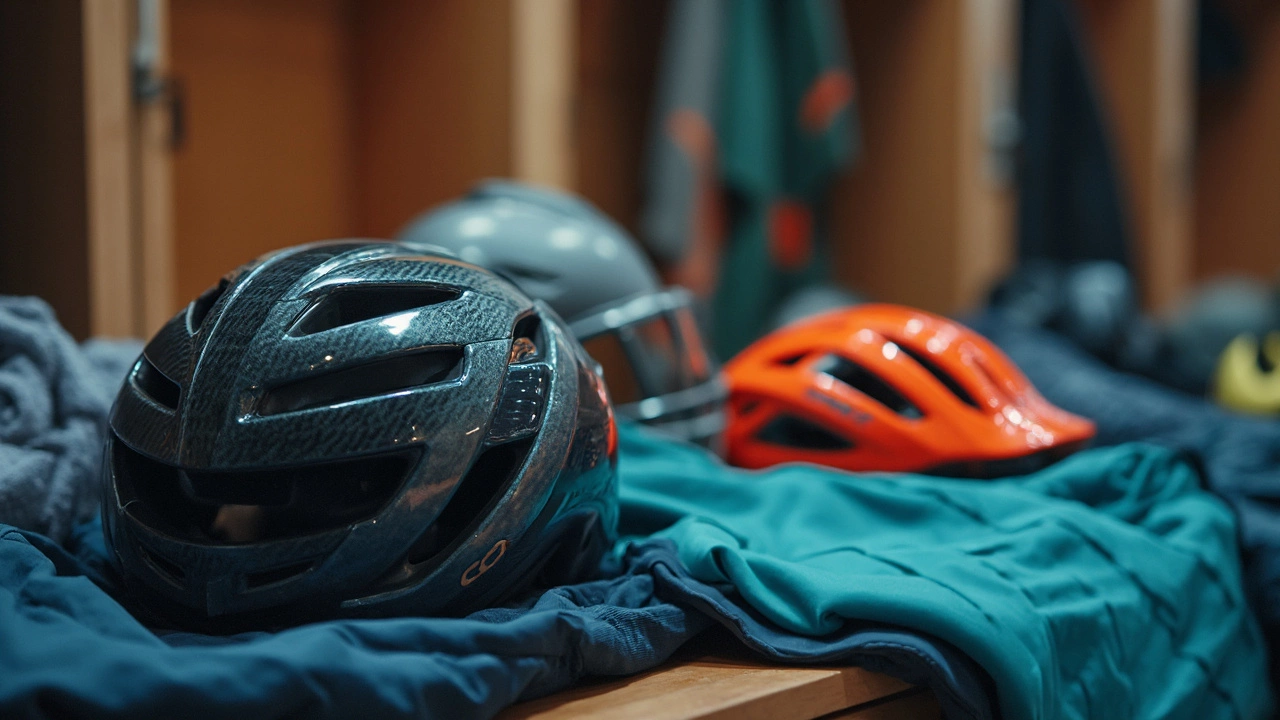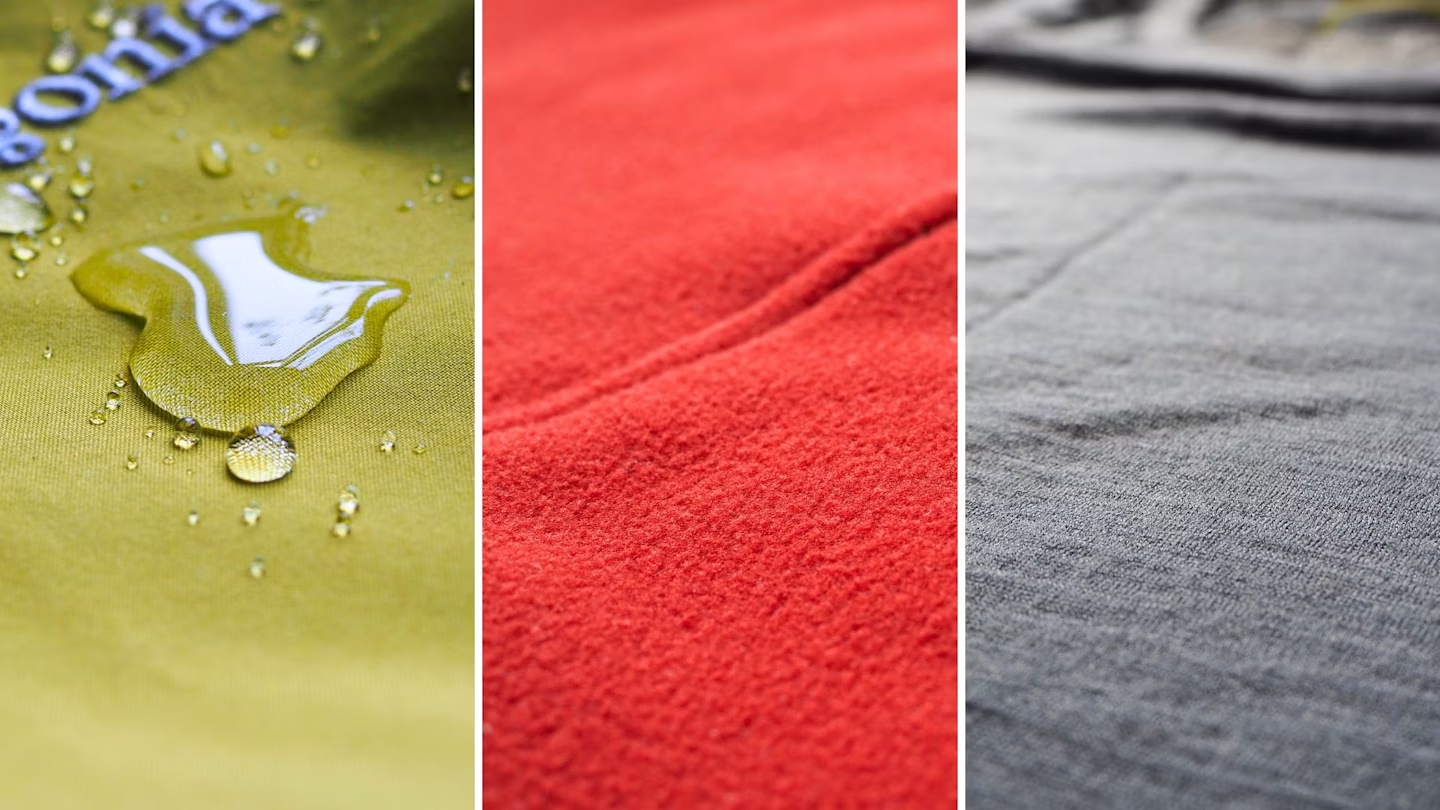When it comes to any piece of gear, from sporting equipment to high-tech gadgets, one factor plays a pivotal role in determining its performance: the material from which it is made. Whether you’re skiing down the slopes, biking across rough terrains, or outfitting yourself with the latest technology, understanding how materials influence gear performance is key. In this article, we will explore how different materials affect the functionality, durability, comfort, and overall performance of your gear, from technical sports equipment to everyday items.
The Foundation of Gear: Why Materials Matter
Before diving into specific types of gear, it’s important to grasp why material selection is so critical in performance. Materials can drastically impact:
- Durability: How long a piece of gear lasts before it begins to wear out or degrade.
- Weight: Heavier materials can slow down performance, while lighter materials can enhance speed and agility.
- Comfort: Materials affect how comfortable gear feels during use, influencing performance and user experience.
- Flexibility and Strength: Some materials bend and stretch, while others are rigid and solid.
- Thermal Conductivity: Gear used in extreme conditions (e.g., winter jackets, camping tents) relies heavily on the material’s ability to insulate or dissipate heat.
The choice of material, therefore, is not just about the item looking sleek or stylish—it’s about enhancing your experience and ensuring that the gear performs optimally in real-world conditions.
Sports Gear: How Material Impacts Performance
1. Sports Footwear: Cushioned Comfort vs. Tough Durability
When selecting sports footwear—be it running shoes, hiking boots, or football cleats—the material of the sole, upper, and cushioning system has a profound effect on performance. For instance, the soles of running shoes typically incorporate rubber compounds, foam, and synthetic mesh. These materials ensure a combination of traction, comfort, and breathability.
- Rubber Soles: Rubber, with its high durability and flexibility, offers excellent grip, especially on wet surfaces. However, the hardness of rubber can sometimes limit the comfort of running shoes over long distances. This is why many running shoes incorporate EVA (Ethylene Vinyl Acetate) foam in the midsole, providing lightweight cushioning without sacrificing too much flexibility.
- Breathable Mesh Uppers: Modern running shoes often feature uppers made of mesh fabrics to improve breathability and wick moisture away from the foot, enhancing comfort during prolonged activity. The choice of materials here ensures that the feet stay dry and comfortable, which directly affects performance and reduces the risk of blisters or irritation.
However, for more rugged activities like hiking, materials shift towards more durable, weather-resistant options. Hiking boots, for example, may incorporate leather, Gore-Tex, and vulcanized rubber to withstand harsher conditions. Leather is tough and resistant to wear and tear, while Gore-Tex ensures waterproofing without compromising breathability.

2. Bicycles: Lightweight Frames and Strong Components
Bicycles represent a unique intersection of materials science and performance, with the frame often constructed from metals like aluminum, carbon fiber, or steel, each offering its own set of advantages.
- Aluminum Frames: Aluminum is lightweight and resistant to corrosion, making it ideal for casual cycling or entry-level road bikes. However, it lacks the flexibility of other materials, meaning it may offer a less comfortable ride on rough terrain.
- Carbon Fiber Frames: High-end racing bikes typically use carbon fiber, which is exceptionally lightweight and stiff. This combination leads to improved speed and responsiveness while minimizing fatigue on long rides. The downside, however, is that carbon fiber can be more brittle than aluminum and may be prone to cracking under extreme stress.
- Steel Frames: While heavier than both aluminum and carbon fiber, steel is known for its durability and comfort. It can absorb road vibrations more effectively, offering a smoother ride, which is why it’s often favored in touring bikes or bikes meant for endurance rides.
3. Protective Gear: From Helmets to Pads
Protective gear, like helmets and knee pads, relies heavily on the material’s ability to absorb impact and provide safety without compromising comfort. Materials such as polycarbonate, expanded polystyrene (EPS) foam, and kevlar are commonly used for various protective sports gear.
- Helmets: The outer shell of most helmets is made from polycarbonate, a tough, lightweight material designed to resist cracking upon impact. Inside, the helmet features EPS foam, which compresses on impact to absorb shock and reduce the risk of head injury. The material combination here ensures protection without adding too much weight, improving both safety and comfort.
- Knee and Elbow Pads: For pads, materials like Kevlar or nylon combined with foam padding are often used. Kevlar offers superior strength, providing a layer of protection against abrasions and cuts, while foam ensures cushioning during falls or impacts.
High-Tech Gear: How Materials Affect Technology Performance
While performance in the field of sports and outdoor gear is critical, technological advancements in everyday gadgets, such as smartphones, laptops, and cameras, also rely on the benefits of material science.
1. Smartphones and Laptops: Durability and Heat Dissipation
The materials used in consumer electronics, particularly smartphones and laptops, directly impact their performance and longevity. Devices must balance lightweight properties with durability, heat dissipation, and aesthetic appeal.
- Aluminum is often chosen for its ability to dissipate heat effectively, helping prevent devices from overheating during prolonged use. It’s also lightweight, providing a sleek, premium feel without the added weight of other metals.
- Glass is frequently used in smartphone screens for its clarity and smoothness. However, Gorilla Glass (or chemically strengthened glass) has been developed specifically to resist scratches and improve impact resistance, which is crucial for devices that are carried daily.
- Copper and graphite are often integrated into the internal components to enhance thermal management. These materials help conduct heat away from the CPU and other sensitive components, ensuring that the device runs smoothly and efficiently even under heavy use.
2. Sports Watches and Wearables: The Balance Between Comfort and Functionality
Modern sports watches and wearables have revolutionized how athletes track their performance. These devices, from GPS watches to fitness trackers, are designed for durability and comfort, with materials such as stainless steel, silicon, and ceramic being commonly used.

- Stainless Steel: Used in the body of high-end sports watches, stainless steel offers a balance of durability and corrosion resistance. It’s heavier than other materials but exudes a premium look and feel.
- Silicon and Rubber: Bands made from silicone or rubber provide flexibility, comfort, and resistance to sweat, making them ideal for sports watches. These materials are lightweight, durable, and easy to clean.
- Ceramic: A popular choice for the bezels and outer components of premium sports watches, ceramic is not only aesthetically appealing but also scratch-resistant, ensuring that the device retains its good looks even after extended use.
3. Cameras and Drones: Strength, Lightness, and Weather Resistance
For cameras and drones, lightweight yet durable materials are a necessity, especially for equipment that must withstand high speeds, rough environments, and a variety of weather conditions.
- Magnesium Alloy: High-end cameras and drones often feature magnesium alloy bodies, which provide both strength and lightness. Magnesium alloys are incredibly tough and can resist corrosion, making them perfect for outdoor equipment.
- Carbon Fiber: Used in drone arms and other components, carbon fiber is valued for its ability to provide structural integrity without the weight of metal. It also resists corrosion, ensuring the drone remains operational even in moist or salty environments.
- Plastic Composites: Cameras and drones also often incorporate advanced plastic composites to reduce weight without sacrificing durability. The benefit of these materials is that they can be molded into complex shapes, providing optimal performance in aerodynamics and ease of use.
Materials and Environmental Impact: A Growing Consideration
The environmental impact of materials used in gear is a growing concern in today’s world. While some materials, like recycled aluminum, biodegradable plastics, and sustainable fabrics, are increasingly incorporated into products, others—like petroleum-based materials and non-recyclable plastics—raise concerns about waste and sustainability.
As technology progresses, manufacturers are more focused on using renewable, sustainable materials in their gear. For example, Tencel (a sustainable wood-pulp fabric) and bio-based plastics are becoming more common in gear like outdoor clothing and accessories, pushing towards more eco-friendly alternatives.
Conclusion: A Material World
In conclusion, the materials used in the construction of gear are much more than just a matter of aesthetics or price—they directly influence the performance, longevity, and comfort of the product. Whether it’s the lightweight strength of carbon fiber, the durability of Kevlar, or the breathability of synthetic fabrics, each material brings a unique set of properties to the table, allowing users to enjoy optimal performance. As both technology and material science advance, we can expect even more innovation in the gear we use, with an increasing focus on sustainability and efficiency.























